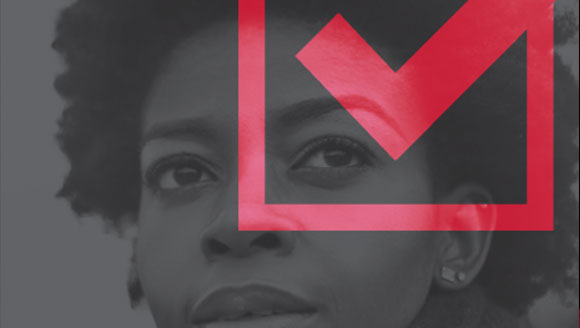The Inextricable Link Between Transportation and Opportunity
When you hear the word “opportunity,” what comes to mind? Most people think about well-paying jobs, good schools and housing. But, do you also think about transportation?
If you don’t, that may be because the connection between transportation and opportunity is not always immediately apparent, although they are inextricably linked together.
Transportation not only connects us to the places we need to go, it also helps to invigorate opportunity within a community. The bottom line is this: without transportation, there is no opportunity.
Being able to move freely is essential to exercising one’s full rights of citizenship. Did you know transportation underpinned much of the Civil Rights Movement? Plessy v. Ferguson, the Montgomery Bus Boycott, and the Freedom Rides all centered on the intersection of transportation and civil rights. It is no coincidence that just two years after the 1964 Civil Rights Act was enacted, President Lyndon Johnson signed the act creating the Department of Transportation.
As U.S. Secretary of Transportation Anthony Foxx noted in the 2015 State of Black America®, transportation infrastructure has also been used to disconnect poor and minority communities from opportunity through intentional design.
To address past mistakes, Secretary Foxx has put forth three guiding principles for ensuring a more inclusive infrastructure system: 1) transportation is essential to opportunity; 2) past wrongs were committed and must not be repeated; and 3) transportation decisions must be made by, with and for the people impacted by them.
These three principles for “Connecting People to Opportunity” are a direct reflection of Secretary Foxx’s emphasis on community. How does the community benefit from a proposed transportation project? Who in the community will be able to help build that project? What input does the community have in the final vision for that project?
Before a drop of cement is poured, there is a lengthy process that begins years before a project becomes shovel ready. Many people are involved in the planning process – elected officials, metropolitan planning organizations, developers, engineers, designers – but their voices are no more important than those of local residents.
At the Department of Transportation, we are working to ensure that everyone has a seat at the table and that no matter your zip code opportunity is within reach. We are sharpening our civil rights tools, strengthening our Disadvantaged Business Enterprise (DBE) Program and increasing our Title VI enforcement. Perhaps most importantly, we are embedding into the department’s culture the idea that every decision must be made with opportunity and inclusion in mind.
As the first Chief Opportunities Officer in the federal government, it is my mission each day to think about how the Department’s work can enable all Americans to have access to opportunity.
The Urban League Movement is an important part of this effort. Your awareness, experience, and involvement are critical to ensuring that communities nationwide will no longer be shut out by dated and divisive infrastructure decisions.
Together, we can work to bridge the divide.


 THE INEXTRICABLE LINK BETWEEN TRANSPORTATION AND OPPORTUNITY
THE INEXTRICABLE LINK BETWEEN TRANSPORTATION AND OPPORTUNITY Equality Index
Equality Index  Senate Report
Senate Report  2020 SOBA Essays
2020 SOBA Essays  2019 Report
2019 Report 